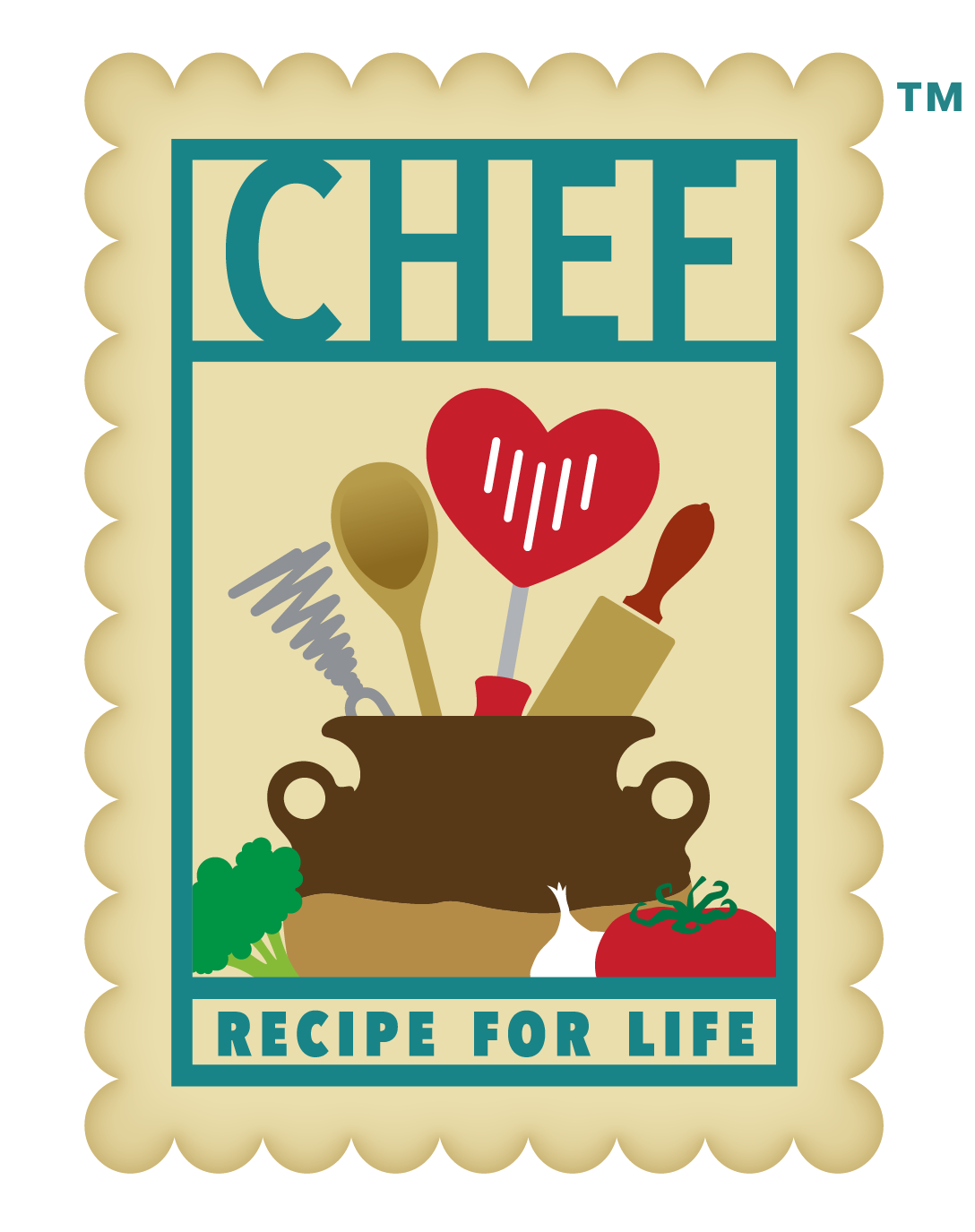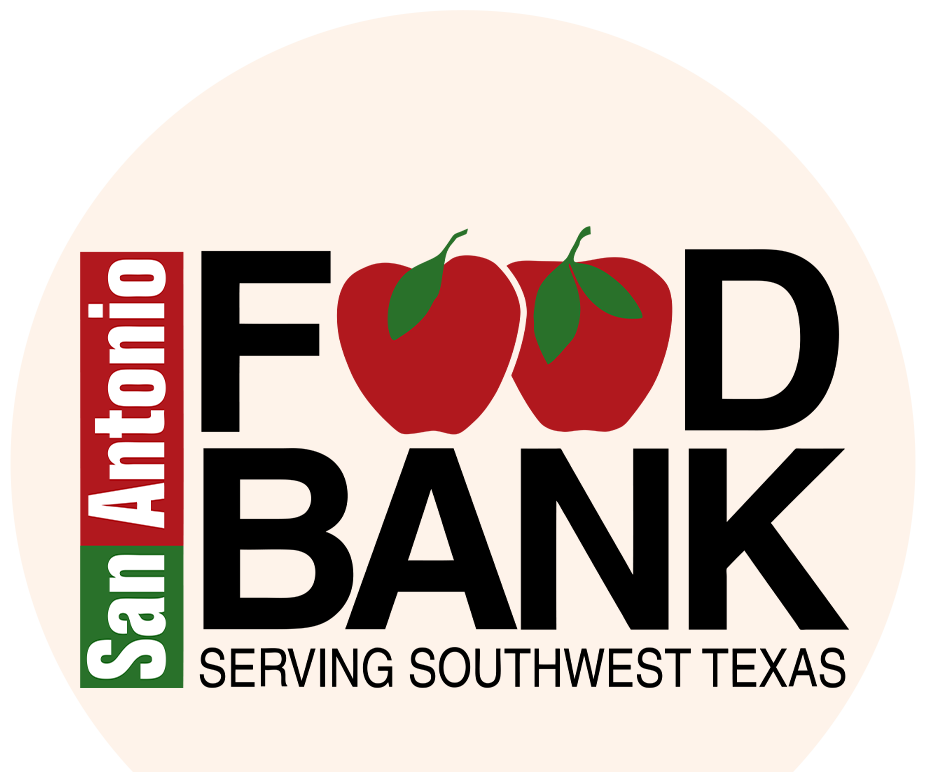Chef
Weight Management Through an Active Role in Nutrition

by Arlayna Jackson, UTSA Dietetic Intern
reviewed by Celina Parás, MS, RDN, LD, Nutrition Education Specialist, The Children’s Hospital of San Antonio
Nearly one in five children and youth in the United States are obese, therefore putting them at greater risk of developing diabetes and other chronic disease.1 This National Nutrition Month®, we encourage you to take action by making small, attainable goals to help your family maintain a healthier lifestyle. Channel your inner chef, artist, and scientist to help develop a plan with three simple goals to combat obesity through nutrition…and get acting!
The Chef
Whip on that apron and assign sous-chef duties to the kids! Preparing food at home is associated with improved diet quality. When you prepare foods yourself, you control what exactly goes in your meal. The long list of unpronounceable ingredients on pre-packaged foods can easily become five familiar ingredients by recreating the meal in your own kitchen. This can also reduce excessive amounts of added sugar, salt, and fat that are commonly hidden in foods but not so hidden on your waistline.
The Artist
The plate is your canvas; paint your plate with a variety of non-starchy veggies! This includes carrots, peppers, broccoli, cauliflower, leafy greens, and many more. You can be creative and swap high-carbohydrate items for non-starchy vegetables, such as switching pasta for spiralized zucchini, mashed potatoes for cauliflower mash, rice for minced broccoli, tortillas for large lettuce leaves, and buns for a halved bell pepper. A colorful and unique masterpiece will appear before your eyes! Remember, the more color on your plate, the more nutrients. Plants are also a great way to increase fiber in your diet. More vegetable consumption can help you maintain a healthy weight by keeping you full longer, regulating blood sugar levels, and aiding in digestion. Not to mention the many heart healthy benefits. Children with low fiber intake are three to four times more likely to be overweight compared to those with higher fiber intakes!3
The Scientist
If a scientist is not accurate with measurements and adds too much of one chemical to his solution, he could create a hazardous explosion. Now apply this to the human body! If we eat too much of one food, it could become hazardous to our health. Get eye-level with the measuring cup and develop portion control strategies (goggles and lab coat not required, but totally optional)! Serving children portion sizes that are not age-appropriate can lead to a 25% increased energy intake at each meal, which ultimately increases weight gain over time.4
The combined skill set of the characters of cooking at home, creatively incorporating vegetables, and measuring out portions will help you better maintain your weight and reduce the risk of chronic disease through nutrition. Excess weight and obesity can lead to diabetes, heart disease, and even cancer.1 You determine your future, so become a chef, artist, and scientist in the kitchen to become the healthiest version of yourself. 3, 2, 1..action!
Sources
- Healthy Schools. Centers for Disease Control and Prevention. https://www.cdc.gov/healthyschools/obesity/index.htm. Published September 18, 2018. Accessed November1, 2018.
- Altman M, Cahill Holland J, Lundeen D, et al. Reduction in Food Away from Home Is Associated with Improved Child Relative Weight and Body Composition Outcomes and This Relation Is Mediated by Changes in Diet Quality. Journal of the Academy of Nutrition and Dietetics. 2015;115(9):1400-1407.
- Anderson JW, Baird P, Davis Jr RH, et al. Health benefits of dietary fiber. Nutrition Reviews. 2009;67(4):188-205.
- Birch LL, Ventura AK. Preventing childhood obesity: what works? International Journal Of Obesity. 2009;33:S74.



